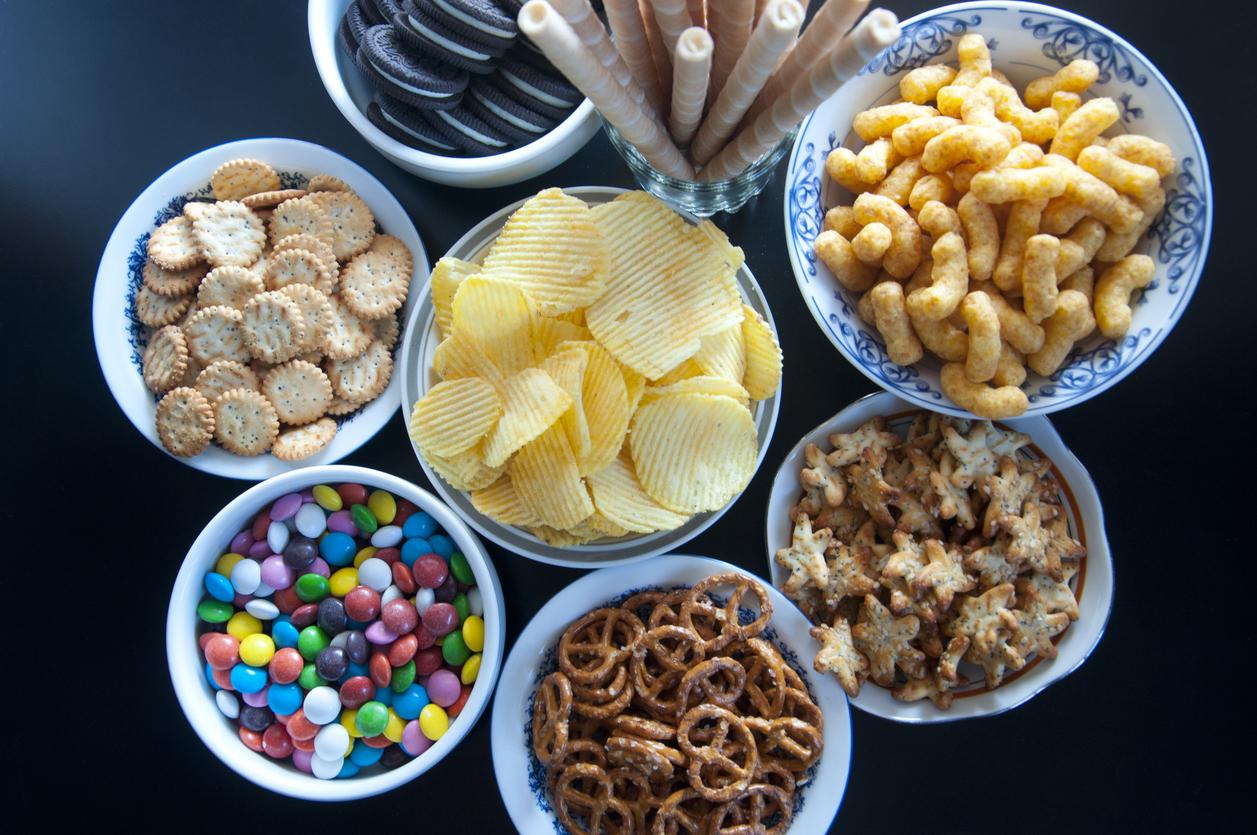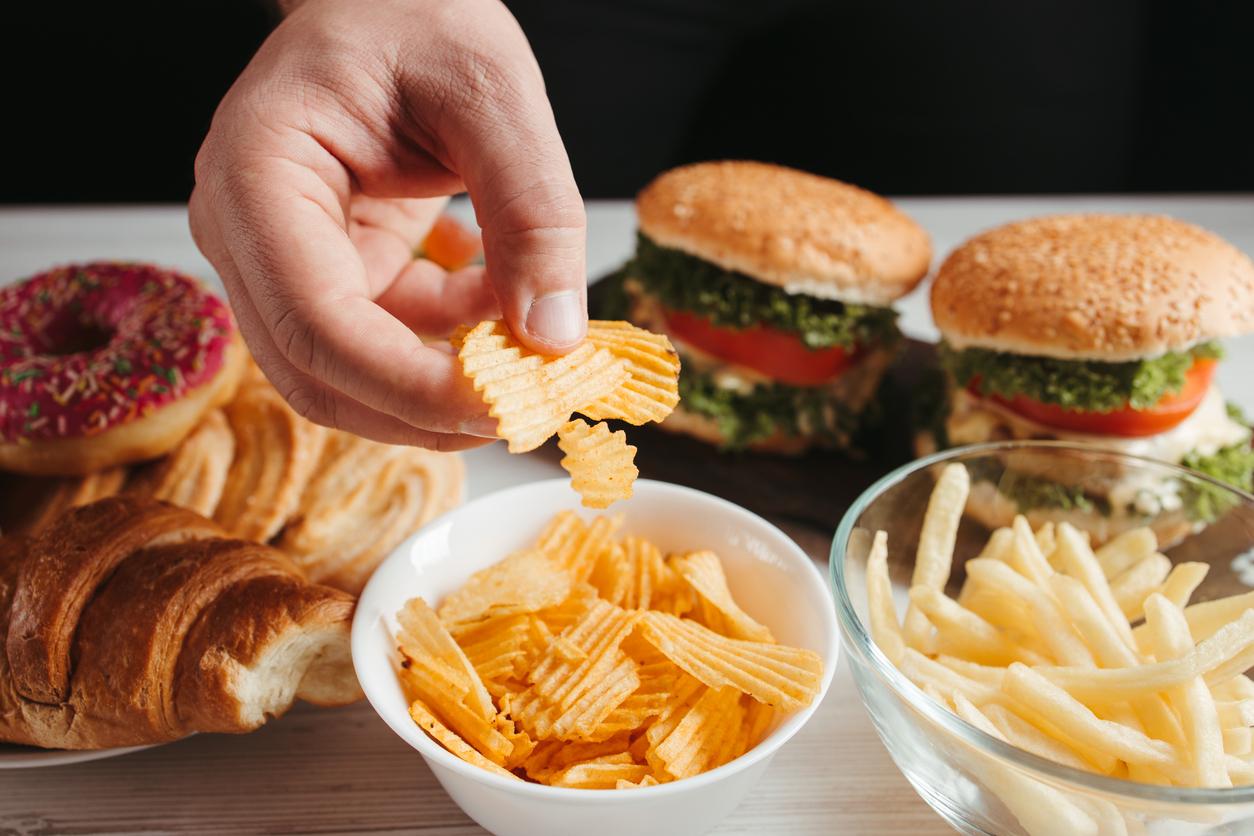To live and regenerate, our cells need oxygen. However, in the presence of it, the cells oxidize and produce waste: the famous free radicals. These free radicals are crazy molecules: they are missing an electron, so they go and look for it in other cells, damaging them and causing chain reactions. All our cells are affected by this phenomenon. In the skin, free radicals attack cell membranes by degrading collagen, promoting the appearance of wrinkles. More in depth, they will attack the cells of our organs, our cardiovascular system, our nervous system, etc. And if our body has a defense system against this oxidative stress, this arsenal is often overwhelmed with our current lifestyle, which is a source of free radicals.
Fortunately, there are effective allies against oxidative stress: antioxidants. “These are molecules (usually vitamins, trace elements) which neutralize free radicals by reacting with them to make them harmless. Hence the importance of a sufficient intake of antioxidants to maintain the balance,” explains Florence Piquet.
Where to find these antioxidants?
In products from the plant world (fruits, vegetables, spices, herbs, aromatics, seaweed, etc.), there are different antioxidant substances, of which here are the main ones…
- Thevitamin C, found in fruits, vegetables and herbs, and particularly citrus fruits, kiwi, guava, blackcurrant, pepper, cabbage (red, flower, broccoli), spinach, parsley, sorrel.
- Vitamin E, which acts in synergy with selenium, is provided by vegetable oils: wheat germ, soya, rapeseed, walnut and olive oils.
- Vitamin A, which comes in two forms. Retinol, an active molecule, is provided directly by animal products rich in fats (cod liver oil, liver, butter, egg yolk). Carotene is a provitamin, that is to say a precursor of vitamin A. It is found in orange, yellow, red or green plants. Among the richest in carotene: dandelion, mango, carrot, spinach, parsley, melon, apricot, tomato, peach.
- Zinc, which is essentially provided by foods of animal origin, the richest being shellfish, oysters in particular. It is also found, in smaller quantities, in meats or wholemeal bread.
- Selenium reinforces the effects of vitamin E. It is provided by animal products (offal), seafood, fish and certain plants such as Brazil nuts or even whole grains, legumes.
- Polyphenols are a large family of phytochemicals: flavonoids, tannins, stilbenes. They are provided by fruits (red and citrus fruits), red wine, tea, cocoa, coffee…
The top 12 most antioxidant fruits
- Prune
- Raisin
- Blueberry
- Blackberry
- Strawberry
- Raspberry
- Plum
- Orange
- Red grape
- Cherry
- Kiwi
- Pink grapefruit
The top 10 most antioxidant vegetables
- Kale
- Spinach
- Brussels sprouts
- afalfa sprout
- Broccoli
- Beet
- Red bell pepper
- Onion
- But
- Aubergine
Now, all we have to do is pick from this list to concoct healthy menus rich in antioxidants!
















